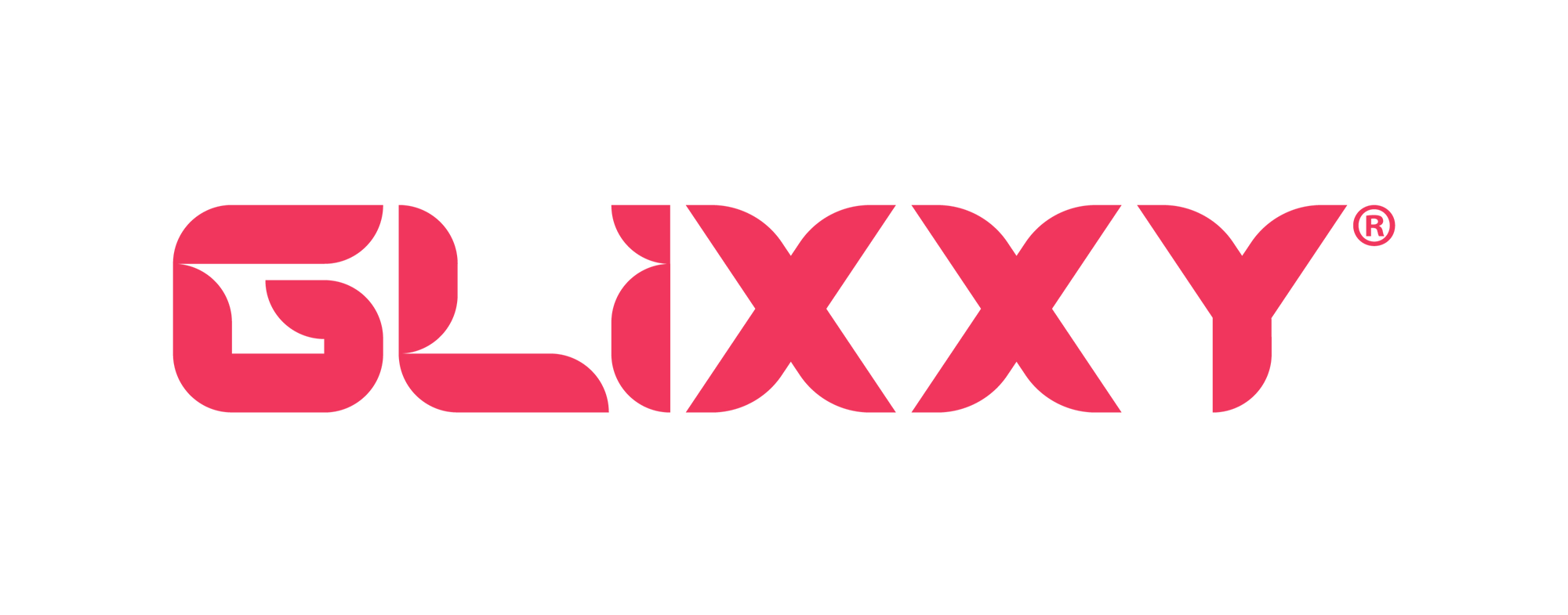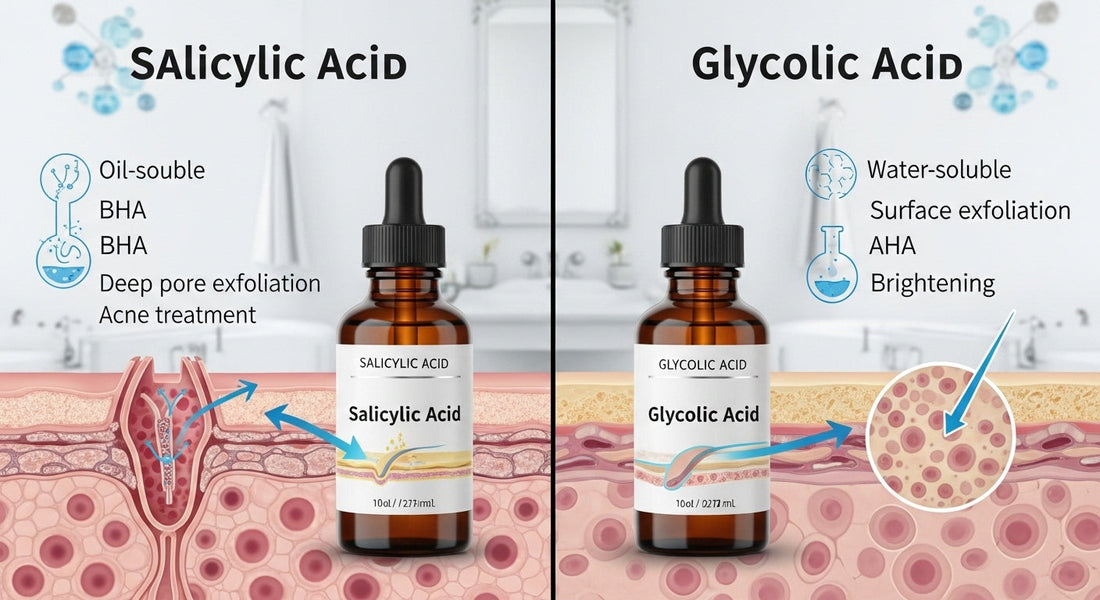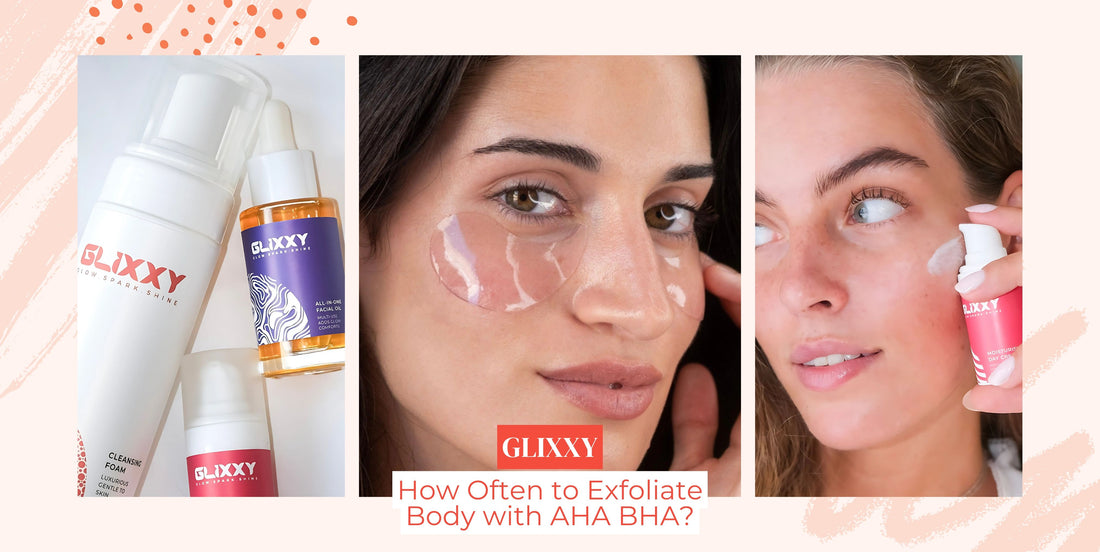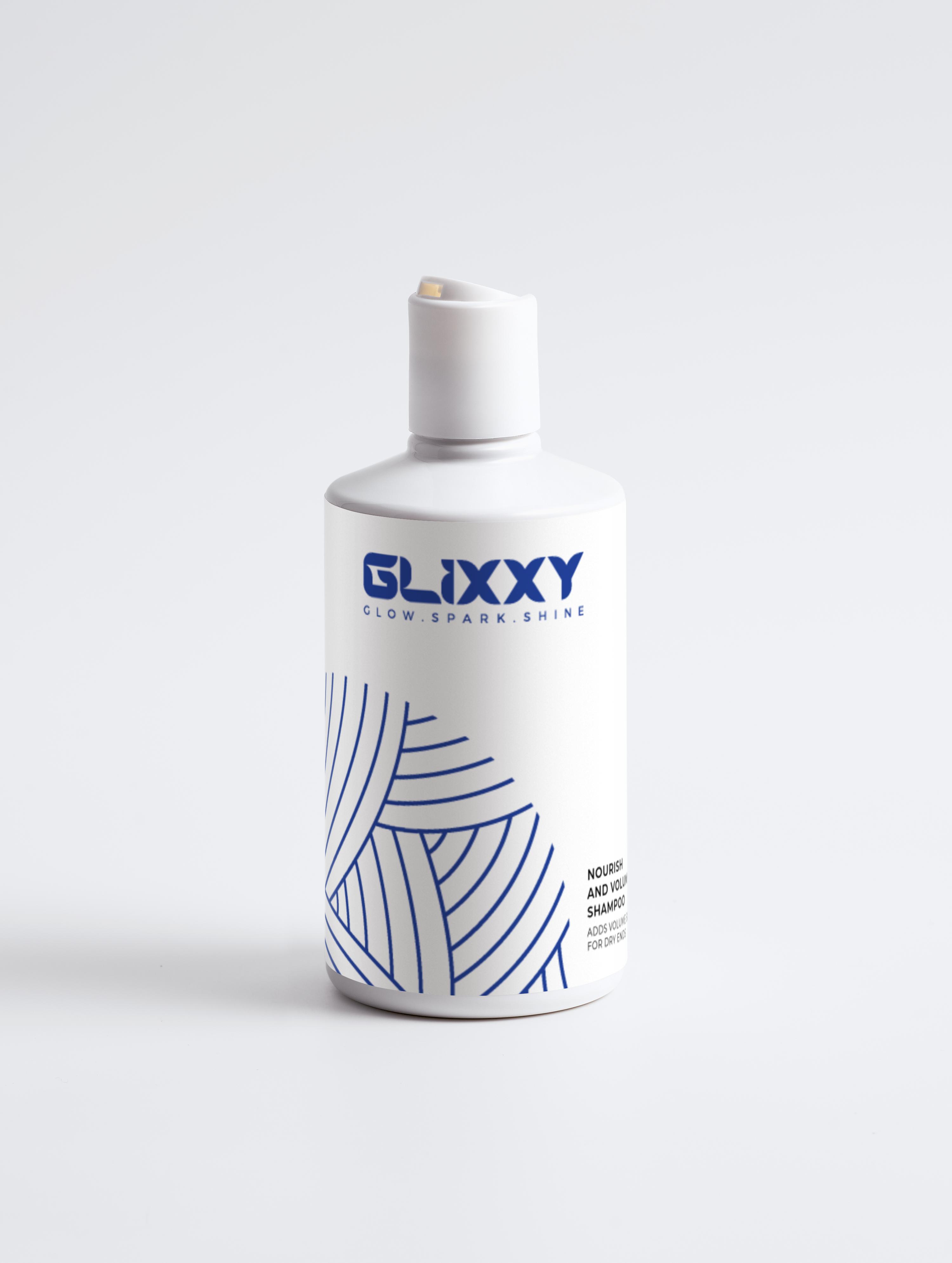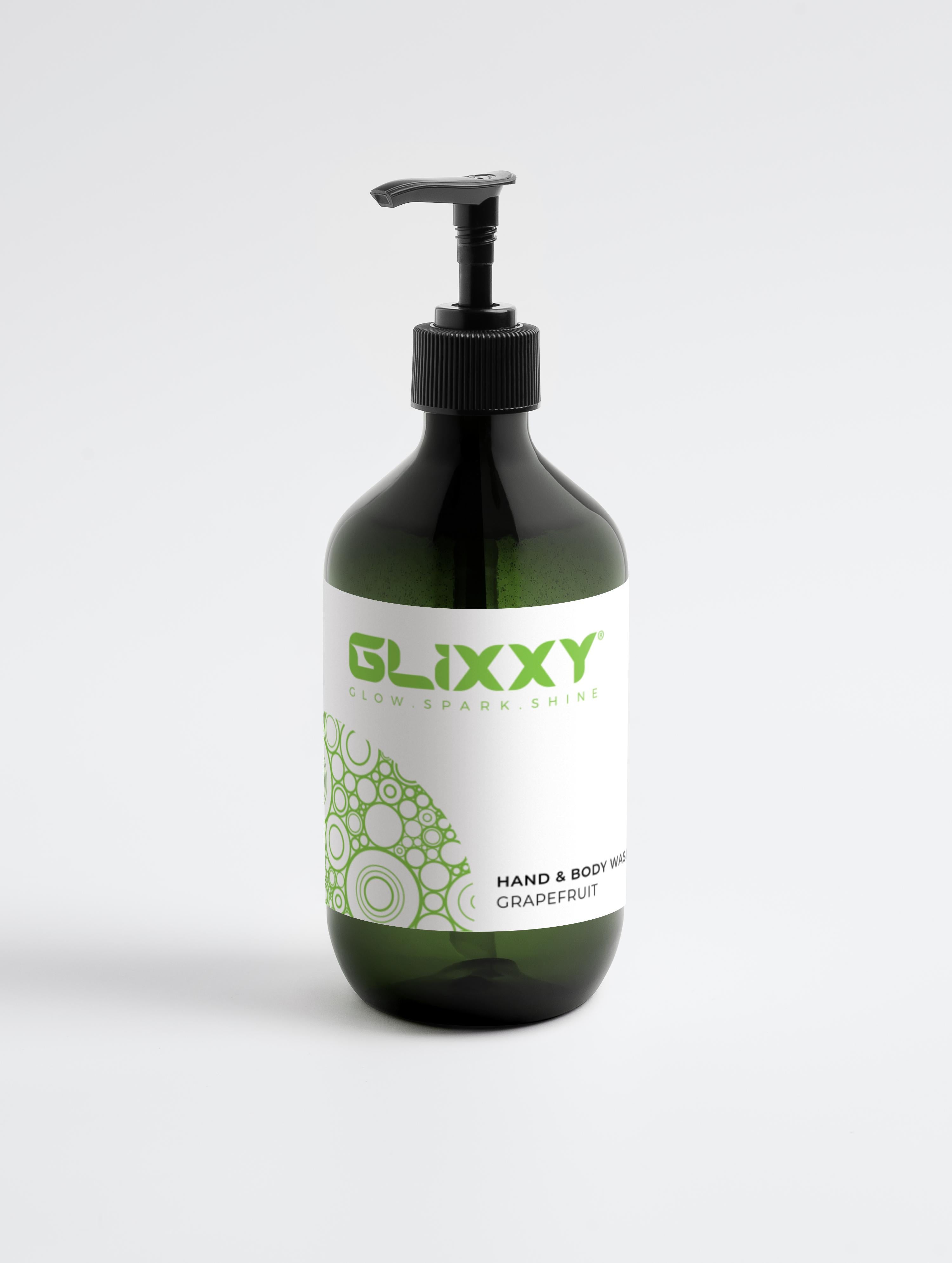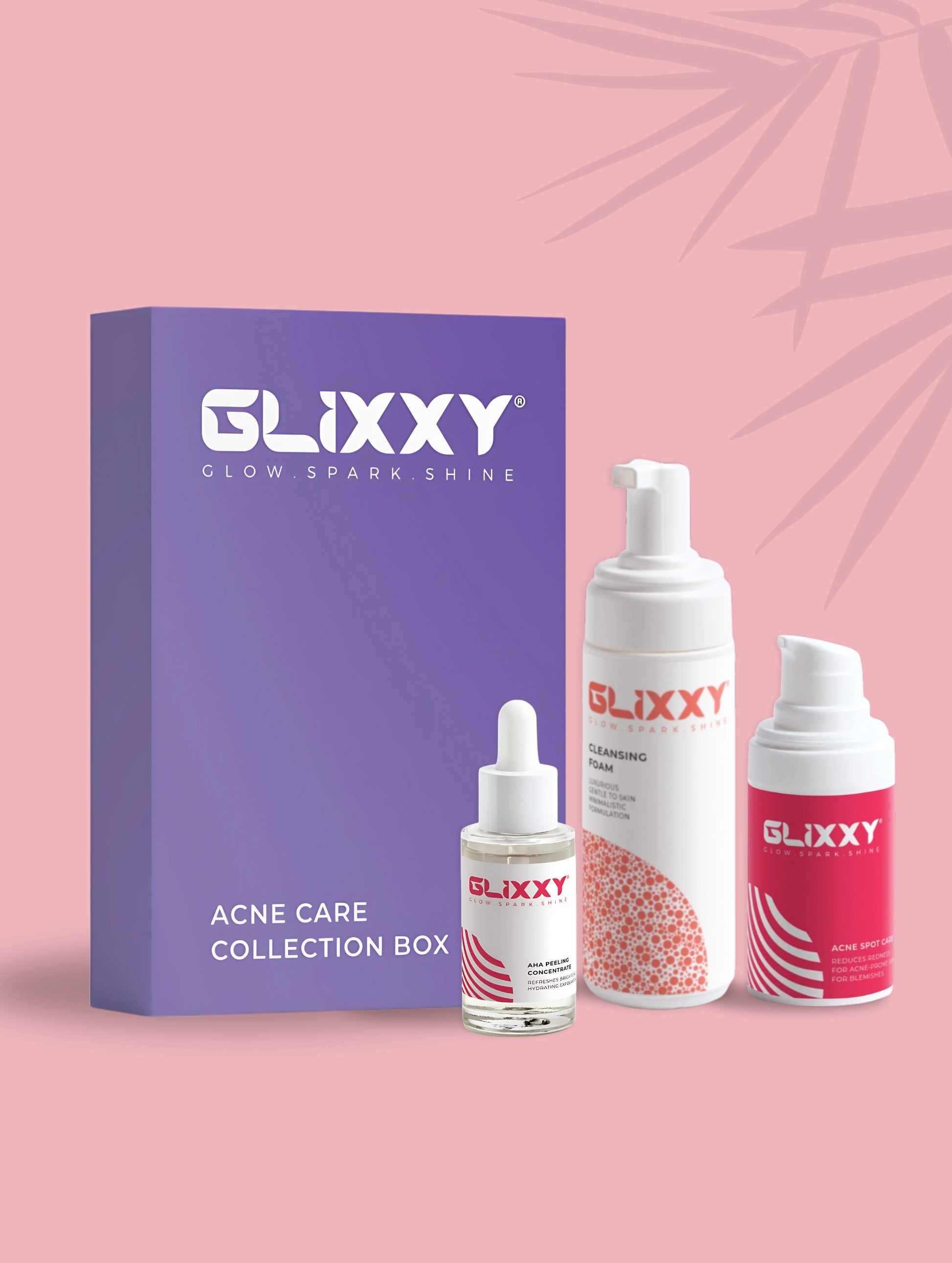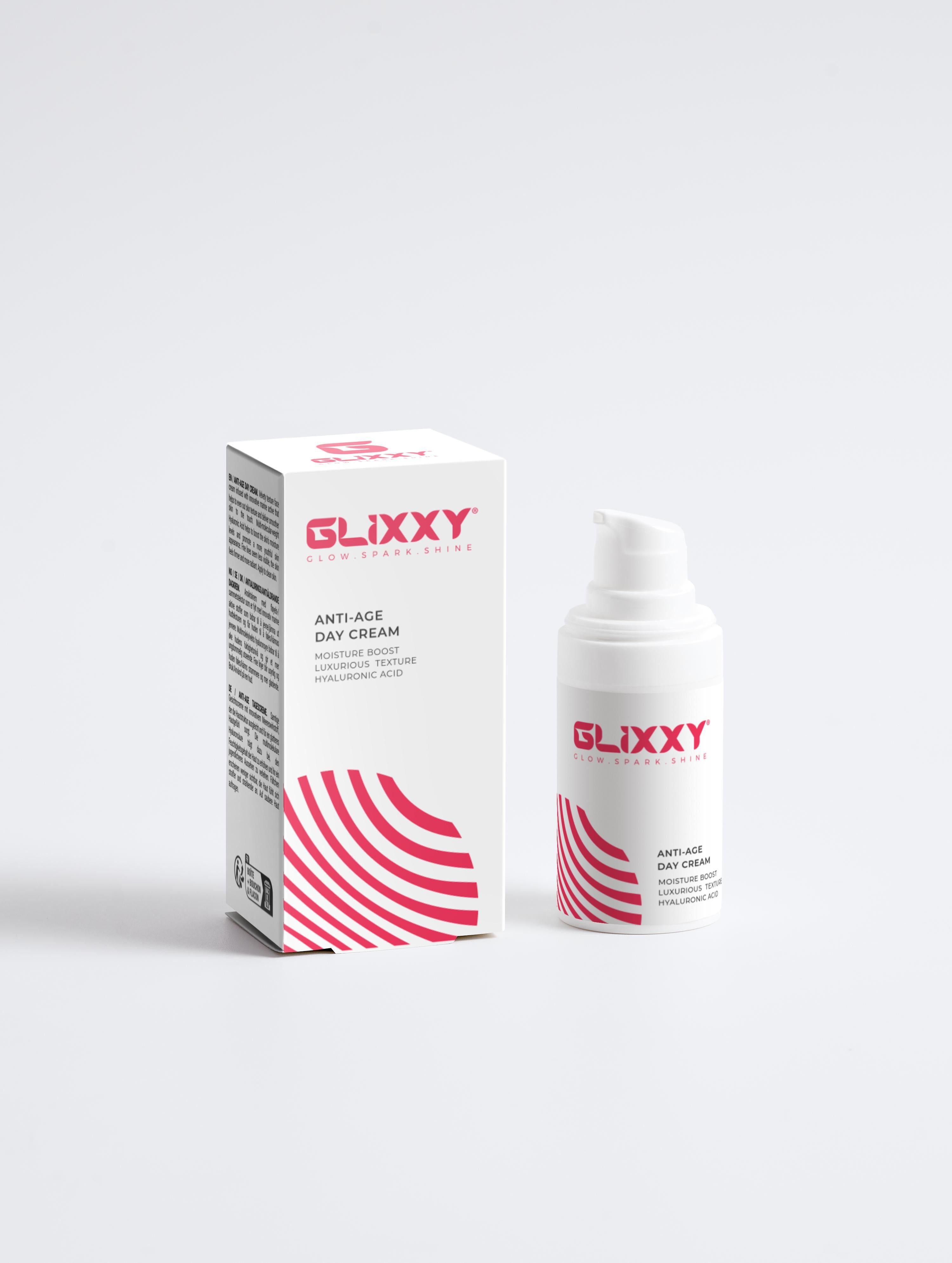What is my hair type? Curious to know about your hair type or how to style it. Your hair type is all about the curl pattern of your hair. The four different types of hair are identified based on curl patterns found on different parts of the head. You can style them depending on your hair type and personal preferences.
Here, the most important thing to remember is that your hair is beautiful regardless of what people say about it. Hair helps boost your personality and deserves respect, too. Whether thick, fine, short, long, glossy, matte, coily, curly, or straight, what it needs is good care. Your self-care routine is incomplete unless you include your hair in it. So, first understand well about your hair types well and then move ahead.
Let's figure out all hair types, how to care for each, factors affecting hair like density, porosity, and diameter, and how to style them.
What does it mean by hair type?

Hair type is basically determined by the hair's curl pattern, and the amount of curl by the hair follicle. The straight, curly, wavy, or coily hair types are based on the shape of your hair follicle. The more asymmetrical or oval the hair follicle is, the curlier the hair will be.
Genetics also affects your hair type. You can temporarily change your hair curl pattern with chemicals or heat, but your innate curl pattern is defined in your DNA. Whenever your hair goes through its natural growth cycle, the genetic characteristics restore its intrinsic type.
Your hair type is unique and genetically transferred. Embrace your natural hair texture and shape because it's something that you can't change.
What are the four main types of hair?
All hair types are yet divided into four categories based on their curl patterns, including straight hair, wavy hair, curly hair, and coily hair.
Hair Type |
Features |
What does it look like? |
|
Straight |
No curl, Hair lies flat |
Shiny, smooth hair strands |
|
Wavy |
Tend to frizz, loose waves |
“S”-shaped waves |
|
Curly |
Defined curls, springy |
Ringlet or spiral curls |
|
Coily |
Tight curls or zig-zag pattern |
Very tight kinks or coils |
These main hair types are subdivided based on the looseness or tightness of the curls and coils, with subcategories of A, B, or C for each. It may sound simple, but a complicated human feature actually is. It's not necessarily defined that you have just one hair type; a combination is also noticed in numerous people. You could have hair type 4A at your temples and 4C at your crown.
Let's understand each hair type, its style needs, and how to keep it healthy.
How to style and care for your hair type

Styling depends on the hair type and preferences. Keep your hair healthy and strong by taking good care of it and following a proper care routine. The following is the breakdown of all hair types:
Straight Hair
Straight hair (type 1 hair) lies flat and has no natural curl. The individual hair strands may be thick or thin, fine or coarse, but have no wave from root to tip.
Care and style tips:
Straight hair becomes oily. Most stylists suggest checking the label of the product you're buying to see if it contains oil or not. Make sure that it does not add extra oil to your hair. Try to avoid heavy serums or butters; instead, use a texture spray and dry shampoo.
If you wash your hair too often, it can cause your scalp to overproduce oil. Use dry shampoo if you have oily, straight hair to control oil production.
Choose a hairstyle based on your face shape or ask a stylist to pick one. A popular style, chin-length blunt cut, is pretty well for straight hair.
Wavy hair
Wavy hair or type 2 hair has "S" shaped waves. These loose waves usually tend to frizz. Let's delve deep into the types of wavy hair:
Type 2A
The natural state of wavy hair is a tousled, gentle texture. From the hair follicles (roots) to eye level, hair is fairly straight. And from eye level to the hair ends, there is an undefined, loose wave.
Don't use creamy or oil-based products as they may flatten out the wave. Instead, use a gel to define your hair waves or improve the base with a light mousse.
Type 2B
In case of type 2A and type 2B, hair curls from the mid-section to the hair ends. In this type, curls are of a more defined S shape. You need to put a little extra effort into straightening them. But a spritz of salt spray is enough to create a beachy look.
It is the best hair type for the balayage trend, where stylists hand-paint color on the outer layer. You won't have to go out of your way to style the balayage trend on your wavy hair.
Type 2C
This type of wavy hair has the most well-defined S-shaped waves. This hair is often thick and may tend to frizz in damp or cold weather.
If you are dealing with frizz and have no solution. Try a diffuser on the end of your blow dryer to remove frizz. Always choose anti-humidity products, especially wherever you have to face environmental factors like salt water or hard water.
Several lightweight mousses are infused with anti-humidity ingredients along with moisture. Avoid excessive heat while styling to keep your hair frizz-free and healthy. Always use a heat protectant first to prevent heat damage to your hair.
Curly hair
Type 3 hair (curly hair) has ringlet or spiral curls. The following types of curly hair are defined based on looseness and tightness of curls:
Type 3A
Curly hair with loose loops of "S" shaped curls is known as type 3C. The circumference of their curls is a little wider than the large end of a taper candle. The most important styling note is to avoid combing dry curly hair, as it makes it poofy. Brushing can damage the curl definition of this hair type and lead to a frizzy mane.
The best style recommended for curly hair is a loose ponytail. Also, use the products that more define natural curls. Never pull your hair into a ponytail or bun, as it can damage its curls' shape. If you don't avoid and take care, you'll soon notice hair loss and thinning at your hairline. The reason for hair loss is traction alopecia caused by the weight of the ponytail.
Type 3B
This subtype has a curl circumference about as wide as the barrel of a Sharpie marker. Curls have enough volume and spring from the roots. To maintain the natural characteristic spiral shape of your hair, your ringlets generally need extra moisture.
Limit use of curl products containing sulfates and silicone. However, they may temporarily control frizz, but they dry out your hair over time and may lead to its breakage.
Type 3C
These curly hairs are springy and tight; these hairs would wrap perfectly around a drinking straw. Take a hands-on approach to preserve the definition in these corkscrew curls. Rather than combing, which can cause breakage and frizz, prefer a leave-in conditioner and comb through wet hair with your fingertips. It's better to air-dry your hair instead of blow-drying it.
Coily hair
Coily hair (type 4 hair) has a zig-zag curl pattern. It's a thick coil and is divided into the following subcategories:
Type 4A
The coily hair with an "S" shaped curl pattern that could easily coil around a chopstick is type 4A. It's the most delicate type that needs a lot of moisture. So, handle it very gently to avoid breakage. Oil is not the only source of moisture for coily hair. Instead, use butters, deep conditioning masks, and creams to preserve good hair health.
Some stylists suggest braids and weaves are protective styles. Because this style can tuck away fragile hair ends, protecting them and helping them grow out. But most stylists suggest it does more harm than good. You may lose your curl shape, hair breaks when you open up the braid. Keep your hair hydrated and choose a loose hairstyle.
Type 4B
Type 4B hair has a zig-zag curl pattern. Shingling is the popular technique used to enhance and define your curls in this type. It starts with wetting your hair. Gently detangle your hair with your fingertips, apply liberally leave-in conditioner to condition and moisturize, then separate into four parts. Use gel or curl cream down the length of each coil, twisting the hair strands around your finger as you apply.
Type 4C
The most fragile and tightest type of coily hair is Type 4C. The key to maintaining the curl shape and health is to use rich conditioners (to nourish them). Avoid roughly combing or combing too often to limit its breakage.
Shea butter creams and coconut oils are renowned for this type. Many individuals are avoiding shampoo for co-washing. Instead, they prefer to use a hydrating conditioner to wash their hair on its own. Styling them is not very popular in this type. Individuals are embracing their natural style and prioritizing their hair health.
How do density, porosity, and diameter affect your hair?
Aside from the hair's curl pattern and texture, the following factors also affect your hair type:

Density
Density simply means the amount of hair per square inch. Dense hair is how closely packed hair strands are on your scalp. Your hormone, stress, and nutrition also affects on density of your hair. To know your hair density, do this:
- Partition your hair and observe scalp visibility (if your scalp is more visible, the lower the hair density you have).
- You can also assess through the thickness of your ponytail (a thick ponytail means high density, a thin ponytail means low density).
Density has a great impact on your styling choices. Use volumizing products in case of low-density hair. Medium density may require minimal extra care, while high density needs sufficient moisturizing to manage hair bulk.
Porosity
Hair's ability to soak up and retain water is known as porosity, measured by overlapping cuticle layers.
- Low Porosity: Cuticles are tightly packed and tend to resist moisture, chemical treatments, or environmental humidity. Less porous hair helps water and product to sit on the surface and dries slowly.
- Medium Porosity: Healthier looking hair that absorbs moisture is fairly easy to style and holds it too.
- High Porosity: Cuticles have a lot of holes, allowing quick absorption but also quick loss of moisture, leading to frizz and dryness. But they absorb moisturizing products like rich butters and leave-in conditioners very well.
Check your hair porosity with a simple water strand test: take a glass of water, place a clean hair strand in it; if it sinks, it's high porosity; if it floats, it has low porosity; if it stays in the middle, it's medium porosity.
Diameter (Thickness)
Fineness or coarseness
Hair diameter refers to the fineness or coarseness of hair. The thickness of your hair's individual strands is usually categorized as:
- Fine: Hair strands look fragile and are very thin.
- Medium: With average thickness that feels normal between fingers.
- Coarse: Rough or wiry hair strands that are thick.
Your hair diameter decides product absorption and ease of styling. Assess it by rolling a single hair strand between your fingers. Fine hair is thin but smooth, medium feels soft and noticeable, and coarse hair is rough and thick.
Wrapping up
Hair types are what your hair curl pattern looks like. Straight hair has no curl, wavy hair has S-shaped waves, curly hair has defined curls, and the coily hair type has tight curls. Some individuals have a combination of different hair types on their heads. To maintain your curls defined, bouncy, and healthy, look for the product that works best for your hair. Go for an intense and regular moisturizing product if you have more porous or curlier hair. Hair density, porosity, and diameter also influence your hair and demand a care tip accordingly.
If you haven't yet figured out what suits your hair best, consult a professional and follow up with them.
